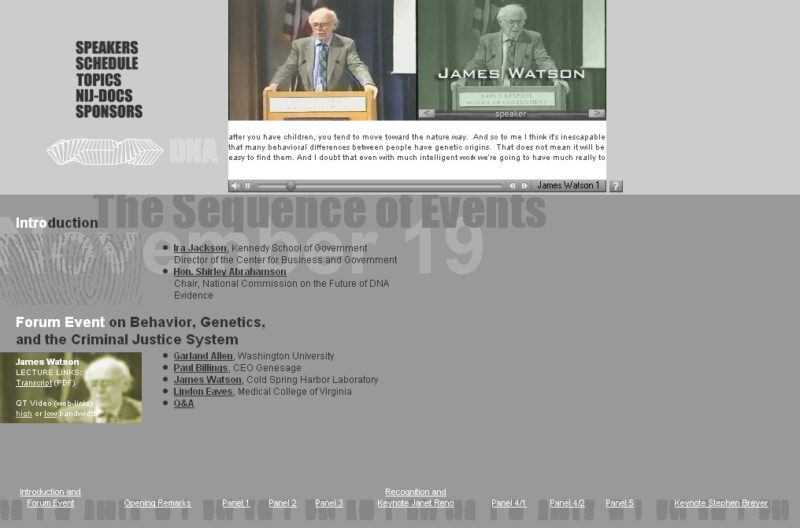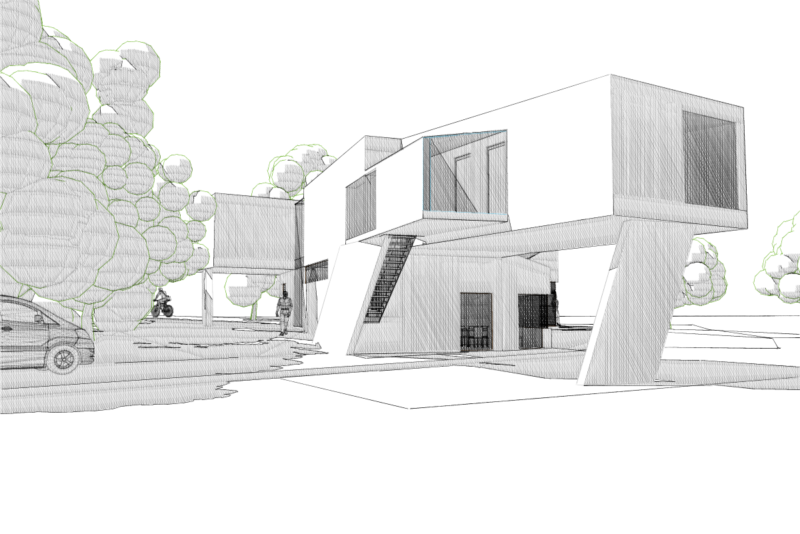Manfred Eigen, renowned theorist on evolutionary dynamics and complexity, contends that for evolutionary processes to be triggered successfully a system needs to be off balance. “Evolutionary optimization could never occur under conditions near to equilibrium.” [4] In perhaps a somewhat surprising way, therefore, rapid evolution requires disequilibria. Further, if evolving entities — representing specific features and qualities — can interact, the landscapes of fitness develop dynamically, too, and the optimization function is frequently being updated. This way the production and testing of genetic variations continues to run, avoiding premature conclusion by reaching a predefined and static optimum.
Keeping these insights from evolutionary processes in mind, we argue that we need to take a page from nature and apply the strategy of deliberate experimentation to our situation. In the context of our deeply data-driven, connected and efficient urban lives, we suggest that such experimentation is best achieved by creating random information holes – moments of “un-information”. We suggest nothing less than that the eye of the city, trained to be comprehensive, ubiquitous and always “on”, should embrace blinking, not as a bug but as a feature, as a fundamental mechanism to enable accidental social connections, unexpected human interactions, and unforeseen cognitive insights.
This is in line with a rich literature about the benefits of human forgetting[5]: from giving individuals second chances to evolve and contribute to society to accepting moral values such as forgiveness (as has been shown it is hard to forgive without forgetting). But human forgetting also plays a crucial role in empowering individuals to focus on the present and to realize the future as something than can be shaped rather than being fully predicted and even determined by the past. Humans that have difficulties forgetting feel so tethered to the past and their past actions that it inhibits their capacity to decide in the present. Human forgetting thus performs a useful function in enabling human action. Moreover, at an organizational level, too, forgetting is crucial: it enables organizations and firms to remain adaptable and agile, to adjust to changed circumstances, rather than to cling to outdated processes. That is why many highly innovative companies, for example, have instituted initiatives of “unlearning” and technologies of digital forgetting.
But this thinking is also in line with the link between (collective) memory and urban space [6]. It builds on Rem Koolhaas/OMA’s “Barcode” preservation scheme for Beijing, which pointed out that there is too much information in the historical and present urban texture and argues for omissions, the urban non-place, that would allow interpretation and assessment of specific potentials for future intervention [7]. Gordon Matta-Clark, in the 1970s, did something similar to individual architectural objects: by cutting through houses, and removing structural continuity and logic, he created spaces with access to a building’s intrinsic intelligence and beauty [8]. At the same time Lebbeus Woods, in his drawings, proposed that any building, any urban structure, should have at least one room or area that would require to be conquered by its users; not effortless but in a peaceful sense, calling them “freespace structures”, free of any kind of predetermined meaning or usefulness.“ [9].
Inspired and encouraged by these lines of thought in a variety of fields, we propose to use interventions in a variety of urban contexts that aim to disengage incessant data flows – for some city users, for some time. Much as the human eye, even when open, is never always gazing, but blinks from time to time, we’d like to call our proposals the Blinking Eye, and foresee the following typologies:
• The Social Island: At airports, train and subway stations, in traffic jams, individual passengers or small groups of them experience incidental and temporary connectivity loss. Or at the level of a single city block, data connectivity on sidewalks ceases for a couple of minutes.
This will disrupt the digital routines of humans. They might get bored or displeased with having to take a break from being glued to an always-on lifestyle. But soon people will do what humans by nature are programmed to do: watch other people, become cognizant of their surroundings. And, perhaps even make contact with others especially if they are in need of information or orientation (having lost connectivity as well). These speedbumps for urban digital nomads make them – once in a while – gather and perceive the unfiltered, un-digitized analogue world around them, potentially leading to a richer and more complex understanding of our world as well as our cognitive processes.




